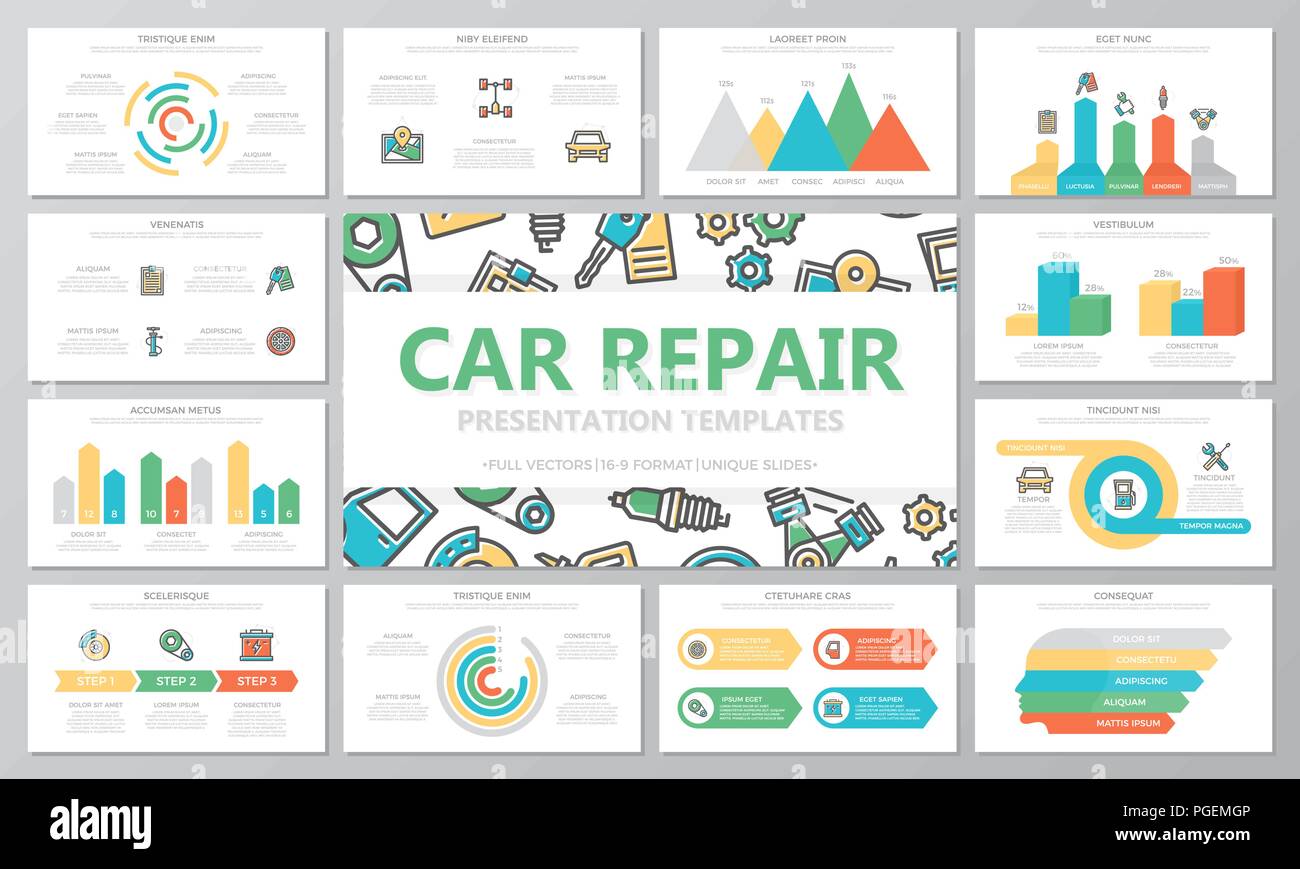Looking For Clearness On The Warning Lights Showed On Your Auto'S Control Panel? Learn Just How They Associate With Your Lorry'S Health And Safety
Looking For Clearness On The Warning Lights Showed On Your Auto'S Control Panel? Learn Just How They Associate With Your Lorry'S Health And Safety
Blog Article
Personnel Writer-Lauritsen Gilbert
When you're behind the wheel, those radiant caution lights on your control panel can be a bit perplexing. Do you know what they're attempting to inform you regarding your automobile's health and wellness? Comprehending the significance of these lights is important for your safety and the long life of your vehicle. So, the next time among those lights appears, would not you want to decipher its message accurately and take the needed actions to resolve it?
Common Warning Lighting and Interpretations
Identify common caution lights in your vehicle and recognize their definitions to ensure risk-free driving.
One of the most common caution lights consist of the check engine light, which signifies problems with the engine or discharges system. If this light begins, it's critical to have your car inspected without delay.
interior car cleaning auckland advising light shows low oil stress, requiring prompt attention to avoid engine damages.
A flashing battery light might recommend a damaged charging system, possibly leaving you stranded if not dealt with.
auto interior detailing tracking system (TPMS) light signals you to reduced tire pressure, influencing vehicle stability and gas efficiency. Disregarding this can bring about harmful driving problems.
The ABS light shows a problem with the anti-lock stopping system, compromising your ability to stop quickly in emergencies.
Last but not least, the coolant temperature advising light warns of engine overheating, which can result in serious damage if not solved promptly.
Understanding https://elliottypfvm.snack-blog.com/32050247/exceptionally-hassle-free-mobile-automobile-describing-services-not-just-save-you-time-and-money-yet-additionally-enhance-your-automobile-s-durability-uncover-how-they-can-transform-your-routine will certainly assist you resolve issues promptly and preserve secure driving problems.
Relevance of Prompt Focus
Comprehending the usual caution lights in your car is only the initial step; the significance of quickly attending to these warnings can not be stressed sufficient to ensure your safety when driving.
When a caution light brightens on your control panel, it's your vehicle's method of communicating a possible issue that requires interest. Disregarding these warnings can bring about a lot more serious problems down the road, compromising your security and possibly costing you extra out of commission.
Motivate attention to alerting lights can prevent failures and accidents. For example, a blinking check engine light can suggest a misfire that, if left neglected, might cause damage to the catalytic converter. Resolving this without delay can conserve you from a pricey fixing.
Likewise, a brake system cautioning light might indicate low brake fluid or worn brake pads, vital elements for your safety and security when driving.
Do It Yourself Troubleshooting Tips
If you see a caution light on your dashboard, there are a couple of do it yourself repairing ideas you can attempt prior to seeking professional aid.
The initial step is to consult your car's guidebook to understand what the particular caution light suggests. Often the issue can be as easy as a loose gas cap triggering the check engine light. Tightening up the gas cap may fix the problem.
Another typical concern is a reduced battery, which can activate various cautioning lights. Inspecting the battery connections for corrosion and guaranteeing they're safe could deal with the problem.
If a warning light continues, you can attempt resetting it by separating the auto's battery for a few minutes and afterwards reconnecting it. Additionally, checking your vehicle's liquid degrees, such as oil, coolant, and brake fluid, can help fix warning lights connected to these systems.
click the up coming article
To conclude, recognizing your car's warning lights is vital for maintaining your car running smoothly and securely. By without delay addressing these signals and recognizing what they suggest, you can stay clear of expensive repair work and possible breakdowns.
Keep in mind to consult your auto's handbook for certain details on each alerting light and do something about it appropriately to make certain a trouble-free driving experience.
Remain notified, stay safe when driving!
